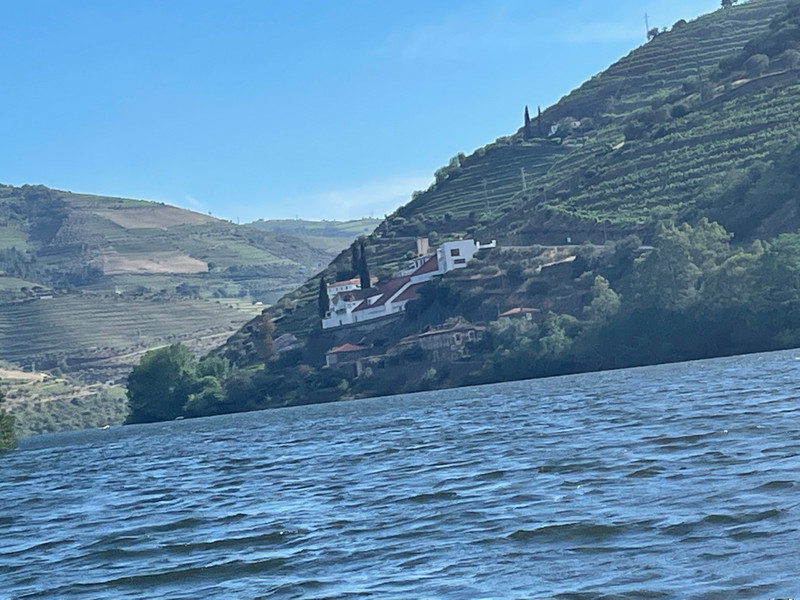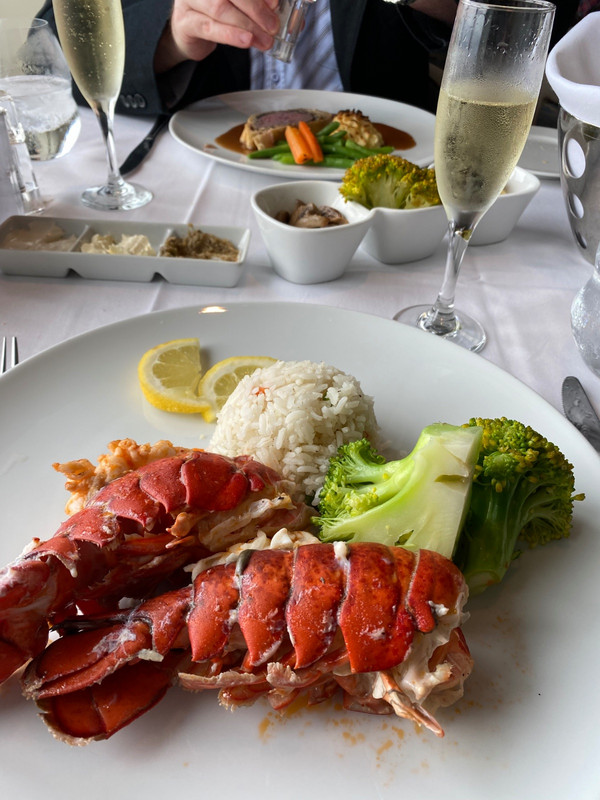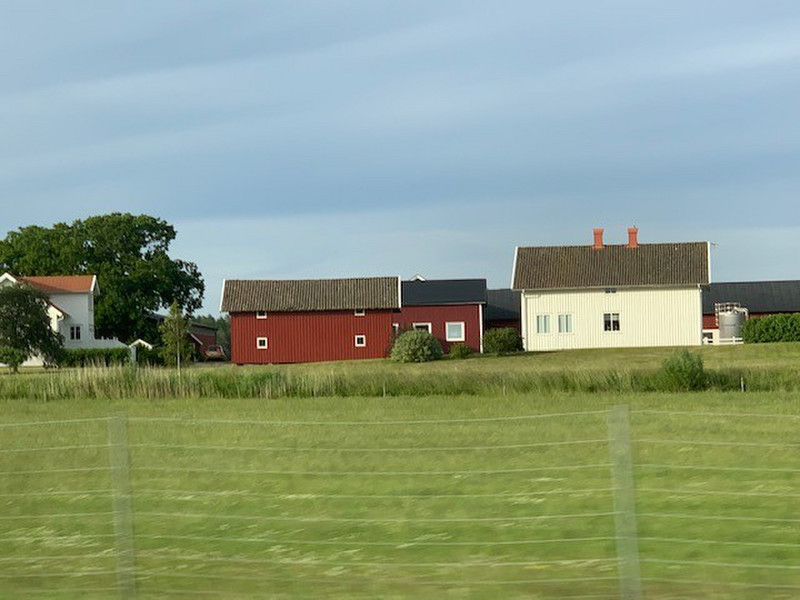The Douro (pronounced Douroo) Valley is such a magical area and the Quinta de la Rosa, where we stayed, overlooks the fork of the Douro and Pinhao rivers where quite a few river boat cruise ships stop at the nearby town of Pinhao. The Douro is known for Port wine and like other regions in the world, such as Champagne, Cognac, Bordeau etc, there are strict regulations on making Port and a DOC designation is used for approved products. For example, irrigation is prohibited on Port vines and is actually against the law. Reducing the water forces the vine roots to penetrate the shale soil by as much as The basic difference between Port and regular table wine is the addition of brandy which slows the fermentation process leaving a higher sugar content, therefore a sweeter product. It was originally developed to preserve the product on the long voyages to Britain, the main market in those early days. There are quite an array of product taste profiles, some of which very different from products found in Canada.
Ignoring our age, we embarked on a well marked, 6.4 km (one way) hiking trail that twisted and turned through the hillside
vineyards towards the small town of Provesende. With much of the pathway with at least a 30% incline, it was a significant work out especially for a couple of senior citizens! Thank goodness the weather was cooler and we had enough water. Lots of sore muscles afterwards due, to some extent, the walk back down. Recovery next day was enhanced by relaxing at poolside, a nice lunch on the patio and a slow, casual private boat cruise on the Douro.
Quinta de la Rosa was a good choice with only 14 quest rooms and a nice dining facility overlooking the river valley. Our 3 night stay was very enjoyable and included a couple of gourmetish dinners. By the way, Quinta refers to a 5th which was the amount of revenue the King took from the owners when providing them with land grants. I think in Canada, we call it a property tax. The difference is, we bought our properties!
Back to Spain and Salamanca, a university city sprinkled with numerous historical attractions. The Plaza de Mayor is the second largest in Europe and filled with plenty of cafes and shops. At night the lights enhance the square and
its a wonderful venue for a late night coffee and people watching. Salamanca is a centre for Spanish language training as well as religious studies. The old city centre is fairly condensed, so we were able to visit many points of interest and later relax at the beautiful Hospes San Esteban, a former Monastery converted to a very well appointment hotel.
After picking up some friends at the Lisbon airport, Evora was the last stop on the way to the villa in Algarve. Like Salamanca, Evora was established during the reign of Rome, however, it was less attractive and considerably hotter (temperatures reached about 40 C ). Just outside , there is a neolithic site similar to Stonehenge. It is somewhat unknown as to what the stone configurations at Cromeleque dos Almendres actually represent.









